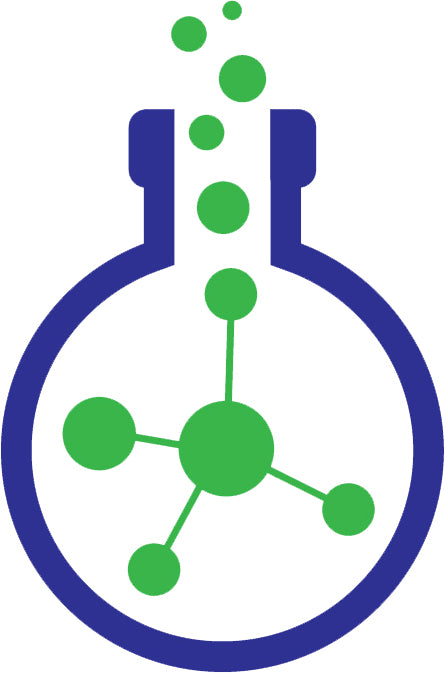How Athletes Use Peptides to Speed Up Healing
Athletes push their bodies to the limit. But when injuries happen, whether minor strains or serious tears, speed matters. Faster healing can mean fewer missed games, quicker returns to training, and long term protection of performance.
That is why research peptides have gained attention in sports recovery. Unlike over the counter anti inflammatory products or generic physical therapy, specific peptides are designed to target biological repair pathways. These compounds can help regulate inflammation, activate tissue regeneration, and support vascular remodeling. All of these are crucial when recovering from muscle, tendon, or joint damage.
Here is a look at the top peptides currently being used in research settings to help athletes bounce back faster, stronger, and with less scar tissue.
BPC 157
Use case: Soft tissue repair, tendon regeneration, GI protection
BPC 157 is a synthetic peptide derived from a protective protein found in the stomach. In studies, it has been shown to accelerate healing across a wide range of tissue types.
Mechanism of action
-
Stimulates angiogenesis and blood flow to damaged areas
-
Improves collagen organization and tendon fibroblast activity
-
Protects against oxidative stress and gastrointestinal damage
Why athletes use it
-
Ideal for tendon strains, ligament tweaks, or overuse injuries
-
Often used in daily recovery protocols during high volume training
-
May support gut health under physical stress or NSAID use
TB 500
Use case: Muscle recovery, inflammation modulation, joint mobility
TB 500 is a synthetic fragment of thymosin beta 4, a naturally occurring peptide involved in cellular repair and movement.
Mechanism of action
-
Regulates actin and supports cell migration to injury sites
-
Promotes stem cell activation and reduces inflammatory cytokines
-
Improves vascular flow and muscle fiber repair
Why athletes use it
-
Frequently stacked with BPC 157 for full body recovery
-
Used in cycles to support chronic injuries or movement limitations
-
May help improve flexibility and tissue elasticity
BPC 157 and TB 500 Blend
Use case: Dual action healing and connective tissue support
Clinics often combine these two peptides to take advantage of their complementary effects on soft tissue, inflammation, and muscle recovery.
Why athletes use it
-
Simplifies protocol while enhancing recovery coverage
-
Useful during off season resets or in response to acute injury
-
Well tolerated and highly versatile in research protocols
KPV
Use case: Inflammation reduction and immune modulation
KPV is a short anti inflammatory peptide with unique effects on cytokine signaling and immune balance. It is especially relevant in cases of chronic inflammation or systemic immune load.
Mechanism of action
-
Inhibits key inflammatory messengers like NF kappa B and TNF alpha
-
May support wound healing and epithelial barrier repair
-
Protects mucosal tissues and modulates immune response
Why athletes use it
-
Helps reduce inflammatory flare ups in overtrained tissues
-
Supports joint comfort and overall recovery
-
Often paired with structural healing peptides for full body effect
Thymosin Alpha 1
Use case: Immune support and systemic inflammation control
Thymosin Alpha 1 is a peptide studied for its role in T cell activation, immune balance, and recovery from illness or inflammation related stress.
Why athletes use it
-
Supports immune function during intense training periods
-
Used in recovery from illness or inflammation driven setbacks
-
May improve resilience and accelerate bounce back timelines
DSIP
Use case: Deep sleep recovery and nervous system support
DSIP is a neuropeptide studied for its impact on restorative sleep cycles, cortisol modulation, and circadian regulation.
Why athletes use it
-
Improves deep sleep quality essential for tissue repair
-
May help lower nighttime cortisol and nervous system strain
-
Often used during high training loads or travel disruption
Strategic Peptide Stacking for Athletic Recovery
Athletes and researchers often combine peptides depending on injury type, training demands, and phase of recovery. Common examples include:
BPC 157 plus TB 500
The gold standard for soft tissue and tendon repair
KPV plus BPC 157
For inflammation driven recovery and high volume output
DSIP plus TB 500
To improve deep regeneration while supporting muscle repair
Thymosin Alpha 1 plus KPV
Used when immune resilience and systemic inflammation are top priorities
These stacks are often run in four to eight week cycles depending on recovery needs. Dosing schedules are built around rest, rehab, or deload periods to optimize repair windows.
Explore our full Athletic Performance & Recovery collection to build your own stack.
Why Elevate Peptide Lab
For athletes, quality matters. Elevate Peptide Lab delivers research grade peptides that meet the highest standards:
-
Purity tested at 99 percent or greater
-
Lyophilized for long shelf life and accurate reconstitution
-
Shipped Canada wide for research purposes only
Important Notice
All products from Elevate Peptide Lab are sold strictly for research purposes. These compounds are not approved for human use. Always consult with a qualified professional before beginning any research protocol.


